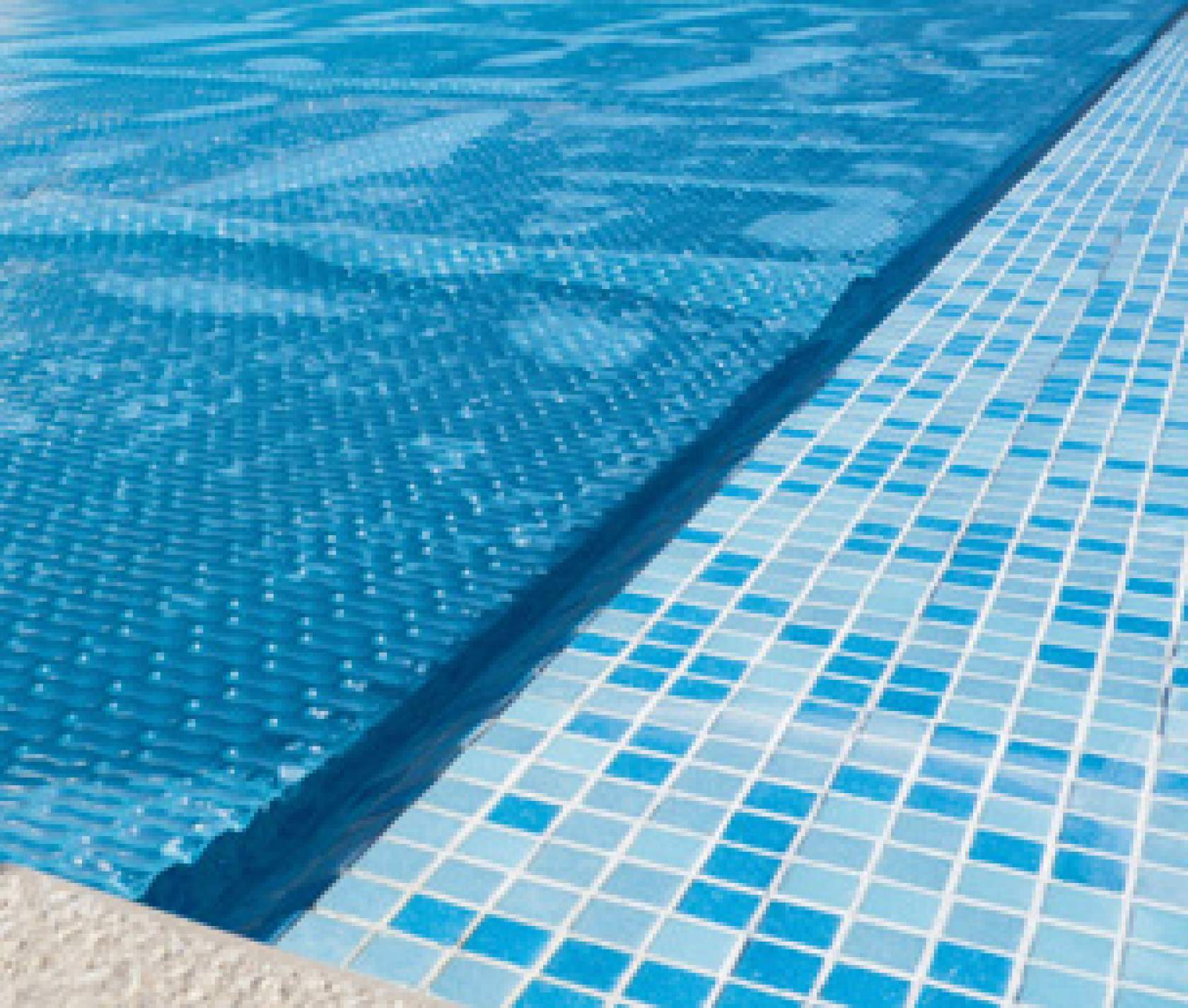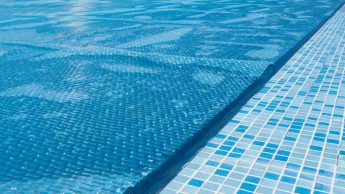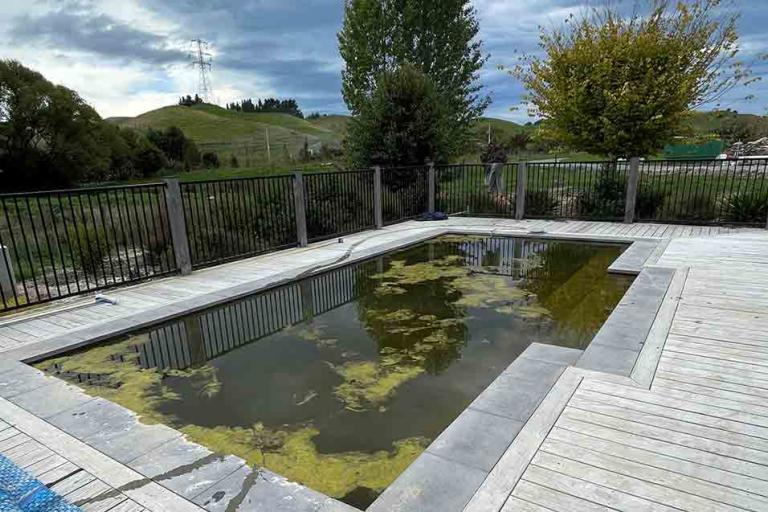Do consumers need more prominent advice on the use of pool covers?

 OPINION PIECE
OPINION PIECE
By Cal Stanley
The supply of pool covers for new pools is compulsory in most states. It is seen as environmentally friendly as the cover will reduce evaporation and thus save water.
It also reduces the amount of chemicals required as it protects the water from direct sunlight which plays a large part in the depletion of chlorine. A cover, if carefully removed, can reduce the amount of leaves and other debris in the pool – saving further water due to a reduced need to backwash while also saving chemicals.
These performance claims are not unreasonable as most if not all pool covers sold are capable of achieving all of the above.
Can they do what they are supposed to – YES!
But to achieve these results, consumers need to know how to get the most out of them.
This article is not a shot at the pool cover industry or even the regulators that require their sale. Its aim is primarily to get those who sell the covers to better advise their customers how to get the best from their purchase, and of the consequent problems should they ignore that advice.
Human nature
Generally, pool covers are less frequently used at the time of the year when most benefit can be gained from them; and conversely used more frequently at a time of the year when they are of least benefit. Human nature says that in the warmer part of the year the pool will get maximum use and for those with families, that can mean almost daily.
Removing and replacing a pool cover is not always a quick and simple task. It is even more difficult trying to prevent debris on the cover surface from falling into the pool water. So in summer when evaporation is strongest, chemical usage is highest, and surface debris is most common, the cover will likely be used the least.
Human nature says that for the six to eight months of colder weather, the pool is not going to get much use. I’ve got an automatic chlorine and/or pH device so I will put the cover on and forget it for a while. This at a time when evaporation is non-existent due to winter rains, and chemical usage is at its lowest. For many, that “period of forgetfulness” gets longer and longer.
Chemical nature
Chemical nature results in a lower chemical demand during cold weather due to the actual temperature, the absence of bathers, in many cases less debris and a reduction in the effect of the sun’s UV rays.
Evaporation is low and any such loss easily replaced by winter rains. A salt chlorinator generally does not produce chlorine on demand, it produces according to the setting on the chlorinator. Some pool owners will reduce the chlorine production in winter, many will not. Regardless, one of the real possible savings with a cover can turn into the exact opposite.
The chlorine level in a covered pool may continue to rise to the point where levels as high as 30ppm have been recorded. This can cause major degradation to the pool cover and bleach colour out of a pool surface.
Chemical nature also causes the production of carbon dioxide (CO2) when acid is added to pool water. CO2 is itself acidic and thus lowers the pH of the water. Any excess of CO2 normally gases off and is absorbed into the atmosphere. This “gassing off ” is prevented by a pool cover, so the pool’s pH can get lower and lower and result in degradation of the cementitious surface layer of many concrete pools.
Of course, many pool owners do not check chemical levels at all over winter resulting in a pool that looks more like a swamp when they finally remove the cover. Black spot algae and other nasties can proliferate and be very costly to remove and some effects may be permanent. Treatment in the hand of the unskilled may also damage pool surfaces.
Prominent advice
Most pool covers are purchased based on the perceived savings discussed above. The purchasers need to receive better instructions to achieve these savings. Most sellers of pool covers do give good instructions in pool cover use but maybe they should be more prominent and reinforced verbally at the point of sale.
For these articles Cal Stanley draws on his 30 years’ experience and success in pool construction, having run award-winning pool construction company Neptune Pools in Western Australia for three decades. For the past five years he has worked as a pool consultant and trainer and delivers hydraulics courses for the swimming pool industry. If you have a topic you think Cal should delve into, contact him on: [email protected].




